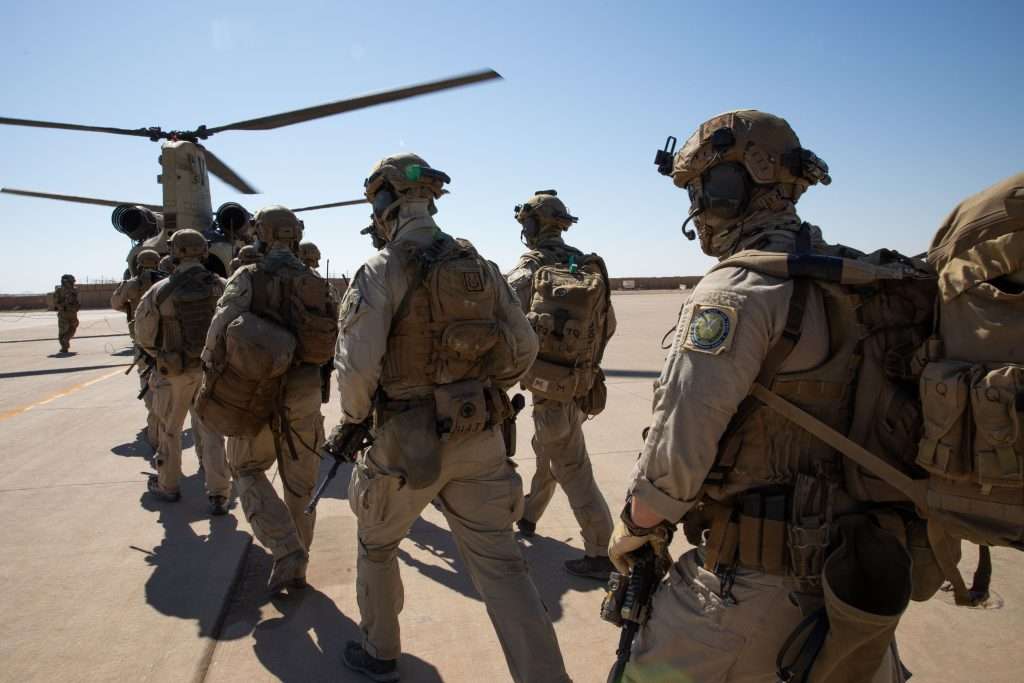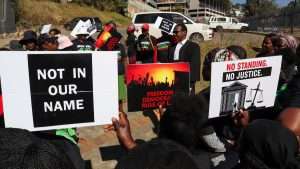US forces withdraw troops from bases in Iraq

US-led coalition troops including Norwegian Army soldiers board a CH-47 Chinook helicopter, Al Asad Air Base, Iraq, Feb 17, 2025.
The US has started pulling out troops from two major bases in Iraq, signalling the intention of the administration of President Donald Trump to wind down US military presence in Iraq, according to the Middle East Eye on August 26th. On August 24th, Iraqi news website Kurdistan 24 reported that the US had begun an abrupt withdrawal from the Ain al-Asad base in Anbar province and the Victory Base Complex, located in the Baghdad International Airport. The withdrawal of all US soldiers will be staggered and is expected to empty both bases within “days”, with some troops redeploying to Erbil, in Iraq’s Kurdistan semi-autonomous region.

Based on reports from Shafaq, an Iraqi news site, a US military convoy from Ain al-Asad was heading towards Syria. The US operates several bases in Syria’s Kurdistan region, while other troops are set to redeploy to Erbil – set to remain there for just one more year.
Back in September 2024, during the Biden administration, Reuters reported that negotiators from the US and Iraq reached an agreement on a plan to end the US military presence, pending final approval from Baghdad and Washington. The plan stipulated that all US-led coalition forces would withdraw from Ain-al Asad air base in western Anbar province and sharply scale back their presence in Baghdad by September this year.
By mid-2024, Iran and its allies were continuously launching attacks on US forces in Iraq as part of the regional overflow of the Israel-Gaza war. Both the US and Israel retaliated in response, with Iraq complaining to the UN about Israel for the use of its airspace. Pro-Iranian Iraqi militias were members of a group aligned with Tehran’s “Axis of Resistance”, which included Lebanon’s Hezbollah, Yemen’s Houthis and Bashar al-Assad’s regime in Syria.
By August of 2025, Hezbollah’s leadership had been killed by Israel, including its Secretary-General Hassan Nasrallah. Syrian rebel forces had also toppled Assad with a new transitional government installed in the country.
Iraq’s Popular Mobilisation Units, the state-funded umbrella group of Iran-aligned Shia militias, avoided the fate of Assad and Hezbollah. Yet, Tehran was forced back to the negotiation table with Trump following US-Israeli strikes on nuclear and military facilities. This is despite Iran’s retaliatory strikes on US troops stationed in Iraq and the evacuation of US embassy personnel from Baghdad.
At the request of the Iraqi government, US-led coalition forces were stationed in Iraq and Syria in 2014 to counter the rapid territorial expansion of the Islamic State (ISIS) group. However, in February, both the US and Iraq continued discussions about the planned withdrawal of these forces in Iraq, with the Iraqi Prime Minister, Mohamed Shia Al-Sudani, especially calling for this.
The Trump administration is not keen on remaining in Iraq with an already slimmed-down presence in Syria by June 2025.
Middle East Eye, Kurdistan 24, Shafaq, Reuters, Maghrebi.org
Want to chase the pulse of North Africa?
Subscribe to receive our FREE weekly PDF magazine











